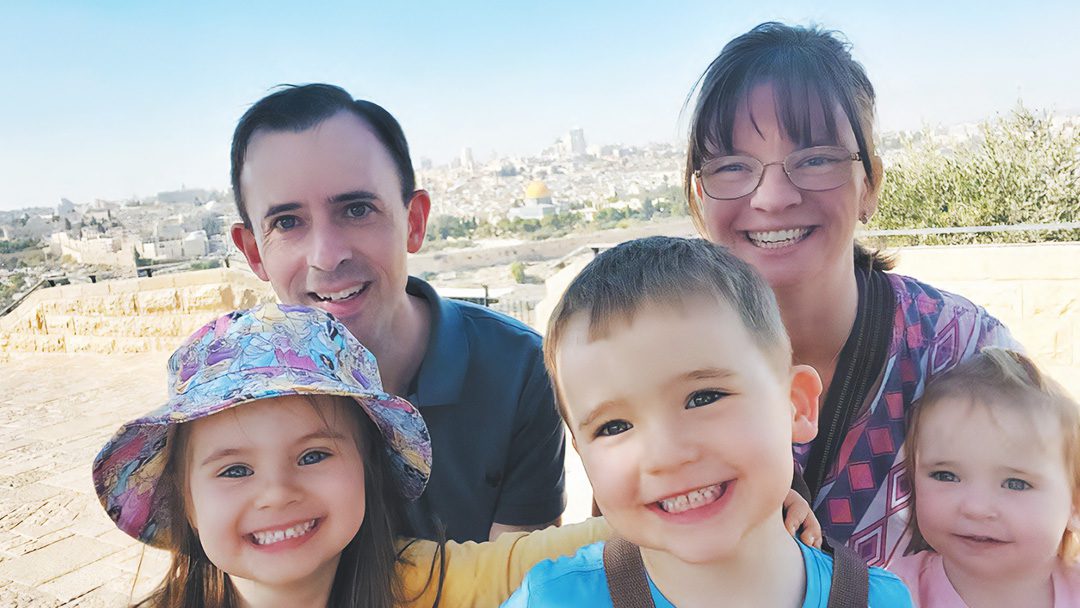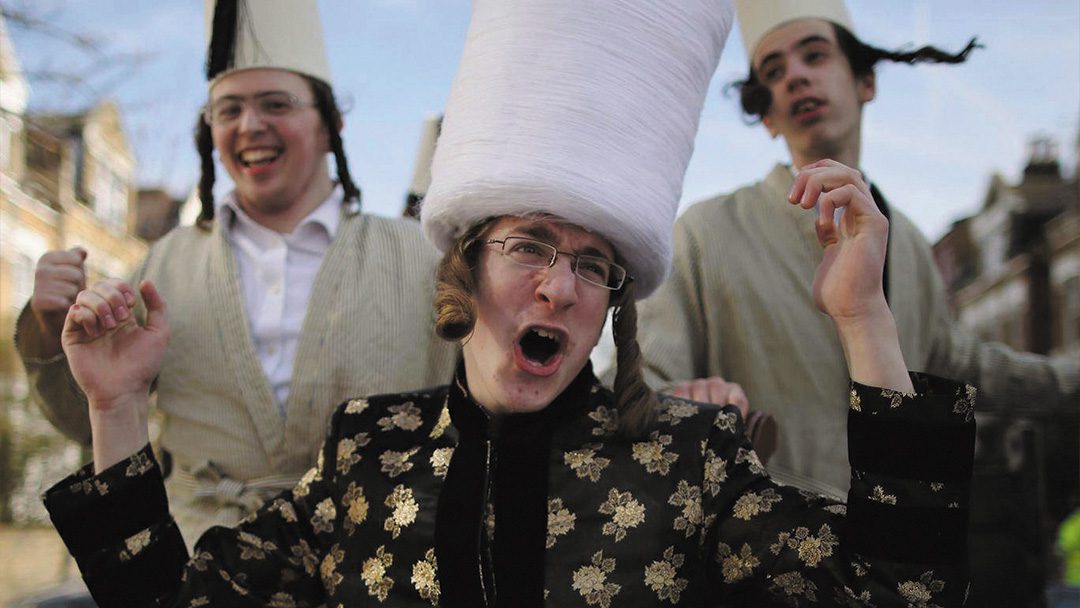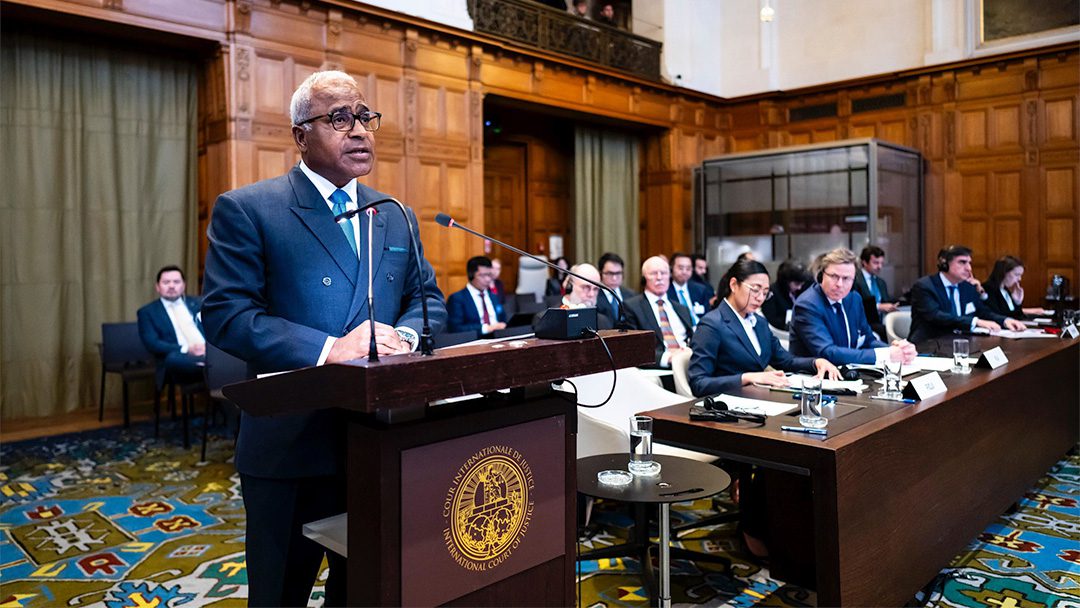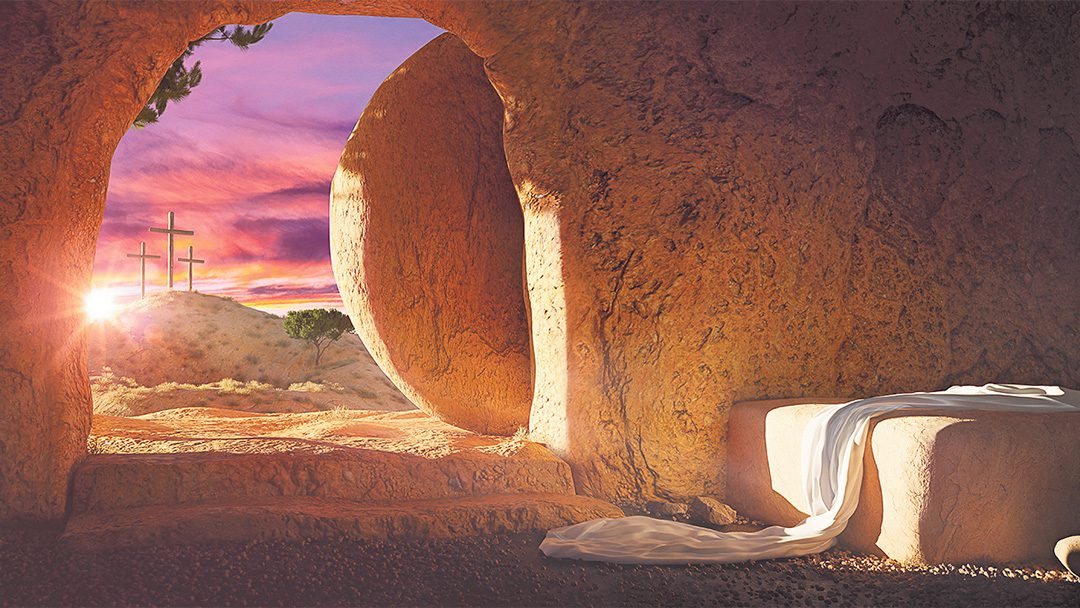In recent years, Bob Cornuke and Dr Martin Young have proposed that the Temple was not actually located on what we today call the Temple Mount.
While the idea certainly is novel, is it really plausible in the light of Biblical and archaeological evidence?
Dr Martin Young’s Temple Theory
In 1867, archaeologists made the stunning discovery that the original City of David was located to the south of—and outside of—the walls of the Old City of Jerusalem.
Taking this research further, Dr Martin Young suggested that
The Temple needed water to rinse away the sacrifices. It therefore had to be located close to Jerusalem’s only water source—the Gihon spring in the City of David.
Furthermore, Dr. Young pointed to Jesus’ prediction of ‘not one stone being left upon another’. He proclaimed that the massive stones left in the Western Wall contradict Jesus’ words if the Temple Mount was the site.
Therefore, the Temple must have been located in the City of David and not on the Temple Mount
Finally, building on references from Josephus, Dr Young made the case that the massive structure today known as the ‘Temple Mount’ was rather the Roman Fortress of Antonia
The implications of this theory when it comes to Bible Prophecy are dramatic. If this theory was true, it could open the way for the rebuilding of the Temple without sparking World War 3!
While proponents of the theory are excited about this possibility, does it actually fit the Biblical and archaeological evidence?
The Biblical Evidence
The Scriptures are very clear that the Temple of Solomon was built on Mount Moriah. 2 Chron. 3:1 tells us: “Now Solomon began to build the house of the Lord at Jerusalem on Mount Moriah, where the Lord had appeared to his father David, at the place that David had prepared on the threshing floor of Ornan the Jebusite”
Does Mount Moriah fit with Dr. Young’s theory?
UK based Bible teacher Pastor Derek Walker points out that the City of David is hardly a mountain. It is surrounded by mountains but is situated lower down than the surrounding areas—and is therefore to start off with a poor fit for ‘Mount Moriah’
Furthermore, Mount Moriah is first mentioned in the story of Abraham going to sacrifice his son Isaac on this mountain. Derek Walker points out that if Mount Moriah was located inside the City of David—as necessitated by this theory—then at the time of Abraham, it would have been inside the city of Salem where Melchizedek was serving as priest. However, the Biblical account gives no indication that the sacrifice of Isaac was taking place inside a bustling city!
Finally, the Scriptural account tells us that the Temple of Solomon was built on a threshing floor on Mount Moriah. Threshing floors were places where the wheat was threshed and separated from the chaff—and the worthless chaff would blow away in the wind. Therefore threshing floors were not generally located inside a city—as the chaff would go everywhere in town! Threshing floors would often be located on higher ground outside a city to facilitate for the wind to gently blow away the chaff, leaving only the precious grain behind.
Further contradicting Dr. Young’s theory, 2 Chron 5:2 tells us that the Ark of the covenant was taken ‘out of the City of David’ to the Temple built by King Solomon.
It would appear that the Scriptural account contradicts the view that the Temple was located in the City of David.
Archaeological Evidence
The Temple Mount is the fuse in the Israeli / Muslim conflict and due to its extreme sensitivity, archaeologists are unable to carry out archaeological digs at the site. Nevertheless, archaeologists have found compelling evidence linking the Temple Mount to the original Temple location.
One of the most compelling pieces of evidence is known as the ‘Stone of Trumpeting’. This stone was inscribed in clear Hebrew with the words ‘to the place of trumpeting’ and was found among other stones that the Romans had thrown down from the Temple Mount to the pavement below. While Young and Cornuke assert that the Temple Mount was a Roman garrison, it is hard to see what a stone with this inscription would do in a Roman fortress!
As Jesus was gazing at the magnificent Temple buildings (Matt 24:1-2), it is true that He said: ‘not one stone will remain upon another’. And while the Temple buildings were destroyed as foretold, the gigantic retaining wall that upheld the huge Temple Mount plaza remains standing to this day. While a completely destroyed Temple Mount as suggested by Young and Cornuke could fit Jesus’ prediction, the current Temple Mount with its retaining wall intact does not necessarily contradict Jesus’ words.
Finally, Dr Young’s theory asserts that the Temple needed a source of water to wash away the sacrifices. However, the Jewish records tell of how the Temple was supplied independently with water via an aquaduct, overcoming the reliance on the Gihon spring. In addition, critics of Young and Cornuke have pointed out that building the Temple over Jerusalem’s only water source and polluting it with the blood and guts of thousands of sacrifices would hardly have been a good idea!
In short, I believe that both the Scriptural and the archaeological records better support the traditional view of the Temple Mount rather than the more recent Young and Cornuke theory.
X Marks the Spot
God decreed in the Scriptures that He would place His heart and His eyes at the site of the Temple forever (2 Chron. 7:16). I believe this explains why there is such an intense religious power struggle over this site and why Christians and Jews have been forbidden from praying at the site. Let us pray for God’s name once again to be glorified on the Temple Mount as we look forward to the day that our Messiah will return to His Temple












0 Comments